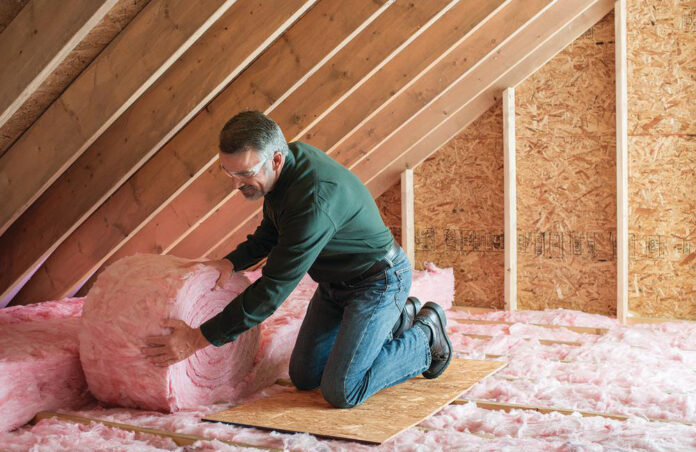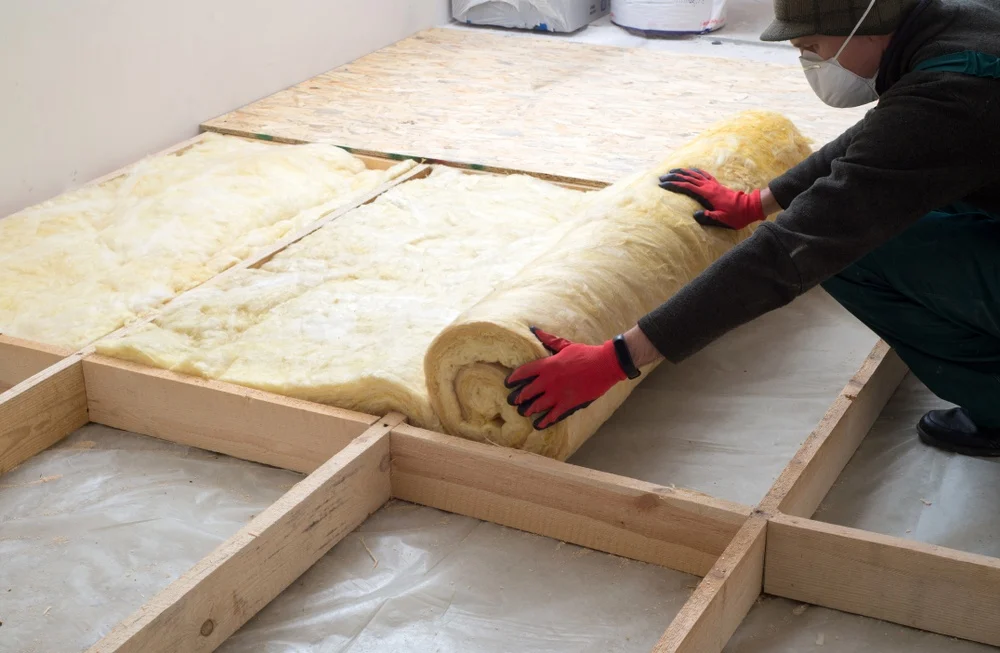Insulation allows your house to become more energy efficient by preventing heat loss in the winter and heat gain during the hot summer months. It can be done on the walls, ceiling, and floors of your home, maximizing the efficiency of your home, which also impacts the environment by reducing emissions that arise from your HVAC system.
This article will focus on hemp wool made from the hemp plant and is regarded as more environmentally friendly right from manufacturing, installation, and even after its use. Many contractors, while they’re offering professional insulation services, use fiberglass and foam, which were considered the industry staple, but more people are embracing hemp wool as the insulation material of the future.
How Is Hemp Wool Made?
As the name suggests, the primary material used to manufacture this insulation material is the hemp plant. Although this plant has been illegal both to use and grow in the U.S. since the 1930s, it has recently been decriminalized for farming following the 2014 Farm Bill that allowed states to grow for industrial use.
The construction industry is one sector that has taken the use of hemp to another level by making hemp block, hempcrete, and in this context, hemp wool insulation. The stalk of the hemp plant is the main material that is used to create this insulation material. It has two layers, including the hurd – used mainly for hemp blocks, while the bast fiber, which is the outer layer, is used to create the hemp wool.
These long and strong stalk covers are removed from the bark and combed to remove any hard particles while pulling the fibers apart. This fiber is then mechanically pressed to form compressible batts that are 3.5 – 5.5 inches or rolls. The hemp wool contains 92% hemp fibers, with the additional 8% being polyester that helps bond the material together.
Why Is Hemp Wool The Most Eco-Friendly Insulation?
Hemp wool is considered environmentally friendly right from when the hemp plant grows since it can be grown in nearly any soil type. The plant grows faster, and it can measure up to 4 meters in merely 100 days of growth.
Hemp is considered self-reliant since even its weeds provide nitrates and potassium that increase soil health, making the use of herbicides or pesticides redundant. Its taproots allow it to fetch its water and nutrients deep down in the ground, ensuring that it does not lack anything for it to grow. It requires limited space to grow even inside as it consumes a lot of CO2, making it friendly to human health as it naturally purifies air quality.
Advantages Of Hemp Wool Insulation
Unlike most insulation materials in the market today, hemp wool has the most benefits and advantages. These advantages include:
- Hemp Is Eco-Friendly – As we have seen in the previous section, hemp remains good for the environment right from its growth, processing, usage, and disposal.
- Good Thermal Properties – Hemp wool has a rating of R-3.5 per square meter, which might sound lesser than other materials, but the good thing about hemp is that it retains this rating for the rest of its service. This allows it to provide insulation effectively when compared to its competitors.
- Versatility – Hemp wool can be used as insulation for any part of your home, both inside and outside.
- Impermeability – Hemp wool does not allow water to pass through, making it durable in the case where the water comes in contact with it. Unlike fiberglass, which can easily be affected by water, hemp is the better material.
- Safe For Your Health – Hemp wool does not contain any contaminants that can harm your respiratory system. During installation, it does not require any PPEs as other materials because it lacks irritating components. Due to its lack of smell, hemp is safe for people with asthmas as well as allergies.
- It Is Fire And Mold-Resistant – Another good thing about hemp wool is its fire, mold, and bacteria-resistant properties that allow it to be safe for use in any condition.
Disposing Hemp Wool Insulation
Due to its biodegradable nature, hemp wool is safe for the environment, and in case it finds its way into the landfill, you can be assured that it will disintegrate into the soil. On the flip side, even in its stale state, this material can be recycled and used in the garden as a weed barrier or even fertilizer when it decomposes, allowing other plants to enjoy its nutritional value.
While the hype of hemp wool insulation is still rising, the only downside is the limited supply it has in the market. With more states legalizing its recreational use, more farmers will be compelled to venture into it, increasing the raw material for this impressive insulation material.



















